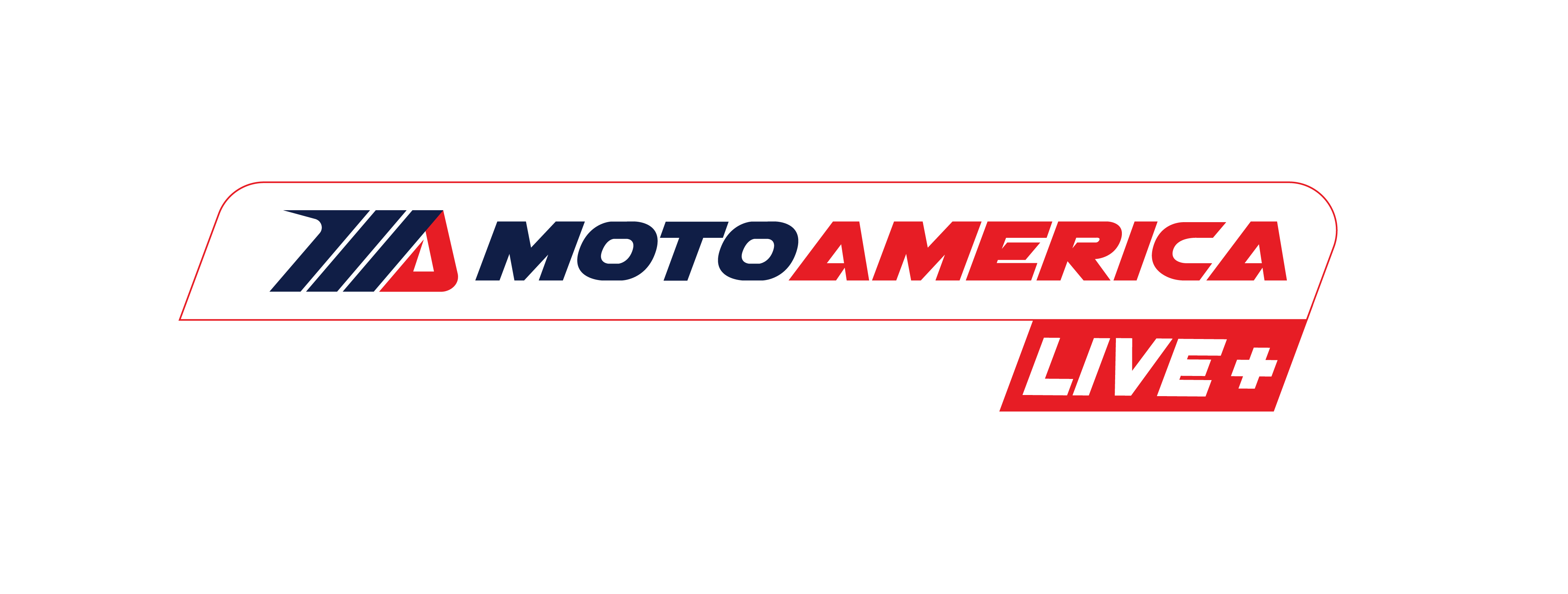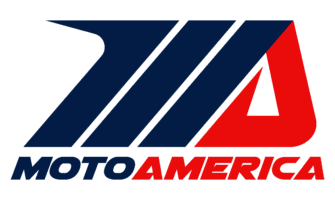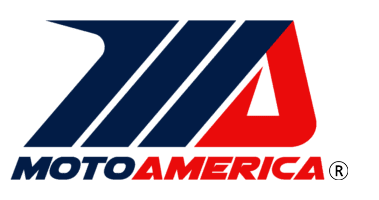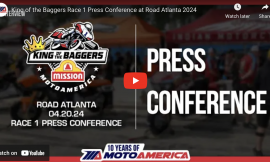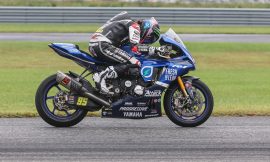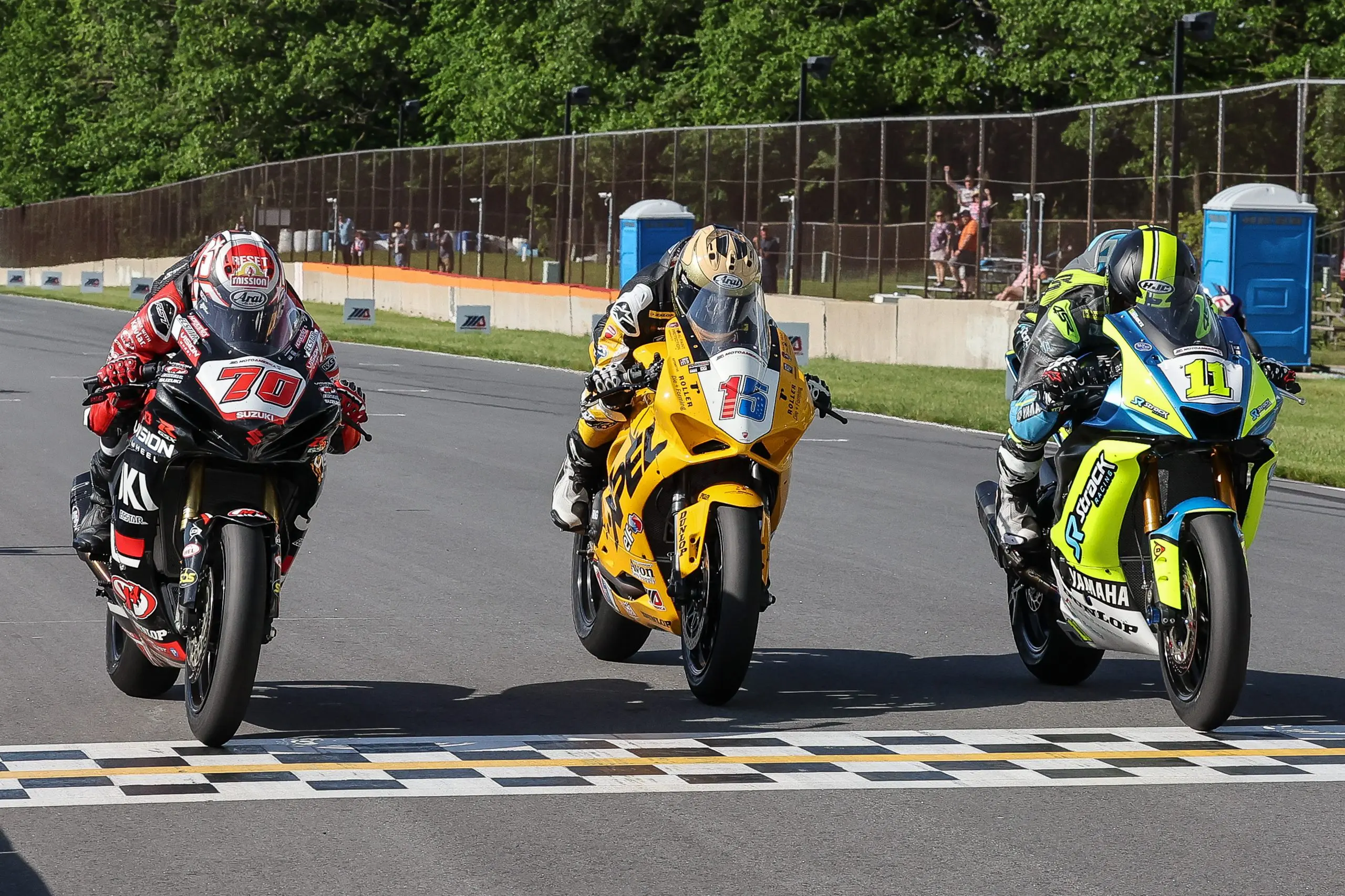
Random notes, comments, statistics, musings, and bits of trivia from the MotoAmerica Superbikes at Road America event:
Less Than Half A Jiffy
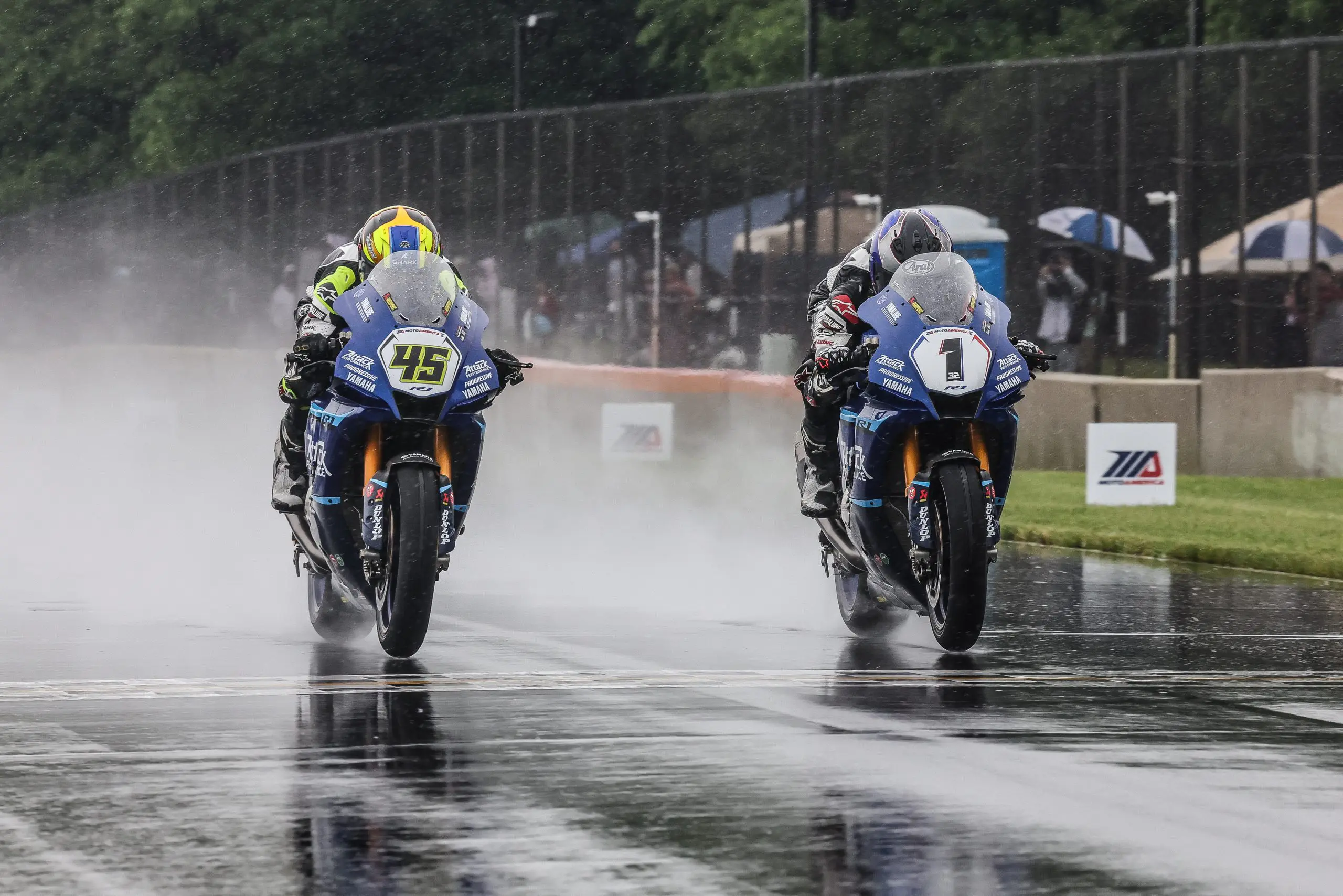
We’ve always marveled at the fact that Road America is the longest racetrack on the MotoAmerica schedule, but it’s also the track that consistently produces some of the closest finishes in our series. In Saturday’s rain-sodden Steel Commander Superbike race one, Attack Performance/Progressive Yamaha Racing’s Cam Petersen nipped his three-time and defending Champion teammate Jake Gagne by just .004 of a second. That’s just four milliseconds. In computer science, an interval of 10 milliseconds is known as a jiffy, so Gagne followed Petersen across the finish line in less than half a jiffy. Also, a honeybee flaps its wings once every five milliseconds, so it was a full millisecond closer than that.
But that wasn’t even the closest finish of the weekend.
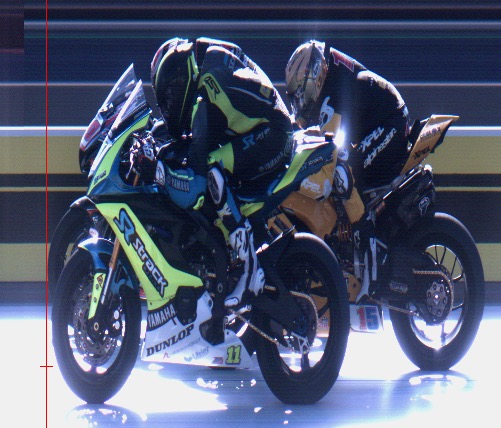
History was made on Sunday at Road America when the Supersport class delivered the closest finish in MotoAmerica’s ten-year history, if not the entire history of AMA-sanctioned road racing. Vision Wheel M4 ECSTAR Suzuki’s Tyler Scott just barely won Sunday’s Supersport race two over Strack Racing Yamaha’s Mathew Scholtz in a photo finish, while Rahal Ducati Moto’s PJ Jacobsen finished third, just one one-hundredth of a second behind Scholtz.
Timing & Scoring is only able to record margins of victory down to .001, but BellissiMoto Twins Cup rider Chris Speights did some calculating and figured out that Scott beat Scholtz by about two inches. At 160 miles per hour, which is about how fast Scott and Scholtz were going when they crossed the finish line, two inches equates to 0.0007 of a second or seven ten-thousandths of a second.
All’s Fair In Love And Racing
As the old adage goes, “the first one you need to beat is your teammate.” But, when you’re Cam Petersen, and your teammate is three-time and defending Steel Commander Superbike Champion Jake Gagne, are there team orders? When the two are racing each other for the win, does Petersen sacrifice his own win total to help Gagne? No he does not, according to Petersen. About his race-one-winning sprint to take the checkered flag by four milliseconds over Gagne, Petersen said, “You don’t deserve the ride if you’re not going to make that move.” And, so Petersen notched the fifth Superbike victory of his career, while denying Gagne of his 41st Superbike win. And, I don’t think there was anyone in the winner’s circle after the race who was happier for Petersen than Gagne.
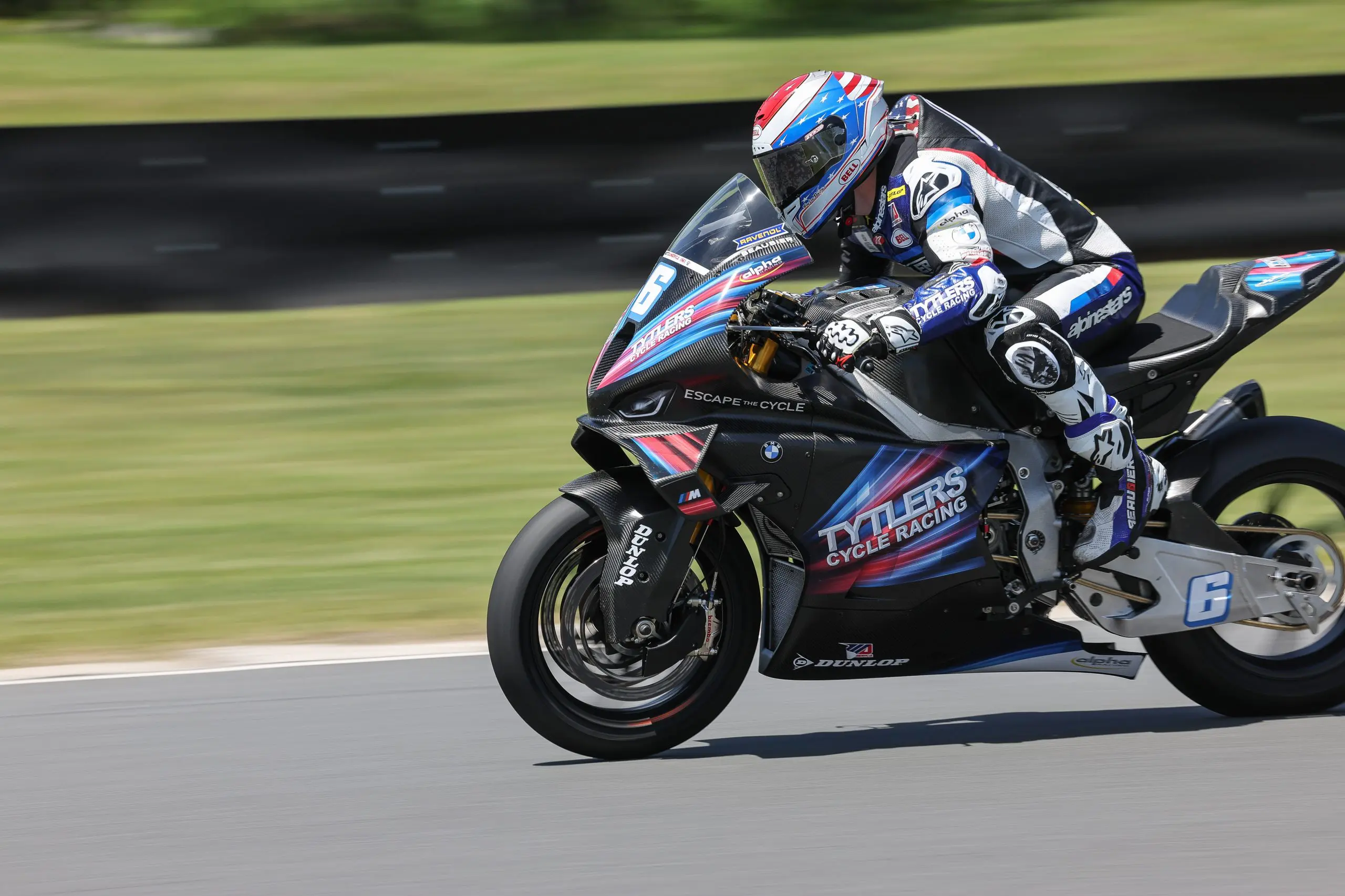
America’s National Park Of SPEED
The fastest overall rider throughout the weekend at Road America was Tytlers Cycle Racing BMW’s Cameron Beaubier, who reached a maximum trap speed of 189 miles per hour in Saturday morning’s Steel Commander Superbike Qualifying 2 session.
Here are the riders whose motorcycles topped the charts in the other five race classes:
• Supersport: SportbikeTrackGear.com’s Max Van went 165.6 miles per hour on lap two of Sunday’s seven-lap race two.
• Mission King Of The Baggers: Harley-Davidson Factory Racing’s James Rispoli went 164.6 miles per hour on lap three of the five-lap Mission King Of The Baggers race two on Sunday.
• BellissiMoto Twins Cup: Giaccmoto Racing Yamaha’s Dominic Doyle had the highest trap speed in the two-banger class when he went 144.3 miles per hour on lap two of Sunday’s eight-lap race two.
• Junior Cup: Wolfe Racing Kawasaki’s Ryan Wolfe topped out at 118.2 miles per hour on the final lap of Sunday’s seven-lap Junior Cup race two.
• Royal Enfield Build. Train. Race.: Aubrey Credaroli went 112.2 miles per hour on lap two of the five-lap BTR race two on Sunday.
Dapper Lappers
It’s been over a year since the track surface at Road America was completely repaved, and multiple motorsports events have embedded tire rubber into the asphalt aggregrate, improving grip. As expected, several riders set new lap records in their respective classes. A new outright track record was set for motorcycles at Road America when Tytlers Cycle Racing BMW rider Cameron Beaubier did a lap of 2:08.464 during Saturday morning’s Steel Commander Superbike Qualifying 2 session. Beaubier did the fastest-yet lap at Road America and set the pole a short time before the rain rolled in.
In Mission King Of The Baggers, Harley-Davidson Factory Racing’s Kyle Wyman set a new class record during Friday’s Qualifying 1 when he lapped Road America in 2:19.135.
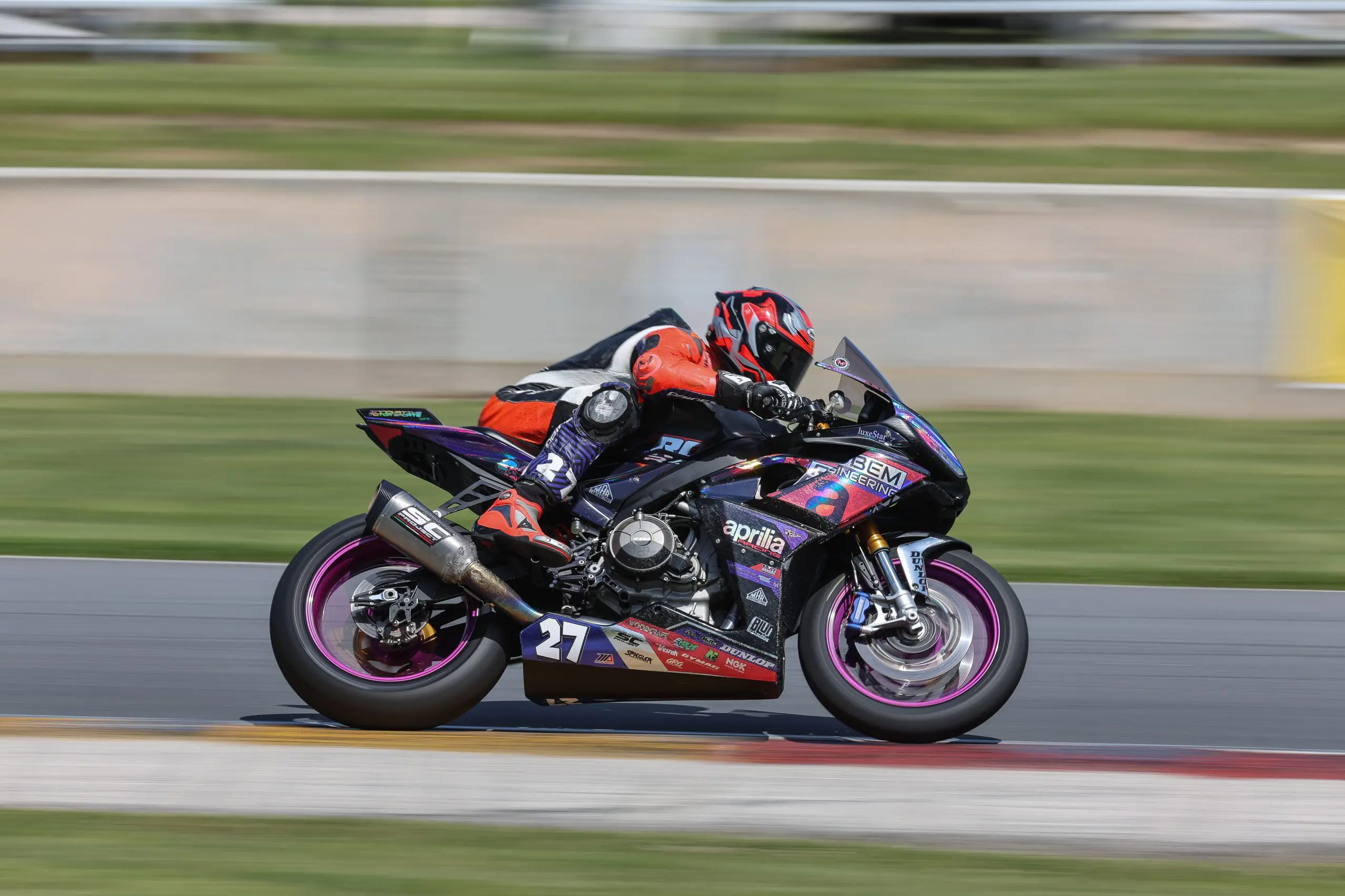
Fifteen-year-old Alessandro Di Mario is obliterating class lap records this season. The Rodio Racing – Powered by Robem Engineering Aprilia rider smashed the BellissiMoto Twins Cup lap record with a new fastest lap in the class of 2:23.321, which he set during Saturday morning’s Qualifying 2. The previous track record in Twins Cup was set in 2022 by Dominic Doyle at 2:26.682, which means that Di Mario eclipsed Doyle’s old record by more than three seconds.
And, finally, in Royal Enfield Build. Train. Race., Marylander Mikayla Moore (say that three times fast), did a lap of 2:51.642 in Qualifying 1 on Friday to set a new class lap record.
Old Black Water, Keep On Rollin’
For the hardy people of Wisconsin, wintertime is just another season filled with fun. Part of that “fun” is dealing with a road condition known as “black ice,” which occurs when a thin, transparent layer of ice forms on the road surface, but it is almost indistinguishable from the dry road surface. Hit one of those patches, and it’ll throw you for a loop.
On Saturday at Road America, we saw track conditions that can only be described as “black water.” The new track surface is so smooth that, when it’s covered with rainwater, you can’t distinguish simply wet asphalt from puddles of standing water. Well, standing water and motorcycles don’t mix, and black water led to a number of crashes during the steady downpour on Saturday afternoon. Among the riders who experienced the worst of the black water phenomenon was Top Pro Racing BMW rider Sean Dylan Kelly, who was in the lead during Steel Commander Superbike race one, and he suddenly, inexplicably, lost the front end of his bike while straight up and down. His front tire hit one of those puddles, and even though it was a properly siped (grooved) rain tire, it lost contact with the asphalt—known as “hydroplaning”—and down he went. It was a nasty fall that left Kelly sliding just behind his bike. Eventually, he rolled to a stop, took a few seconds to collect himself, then got up and walked away.
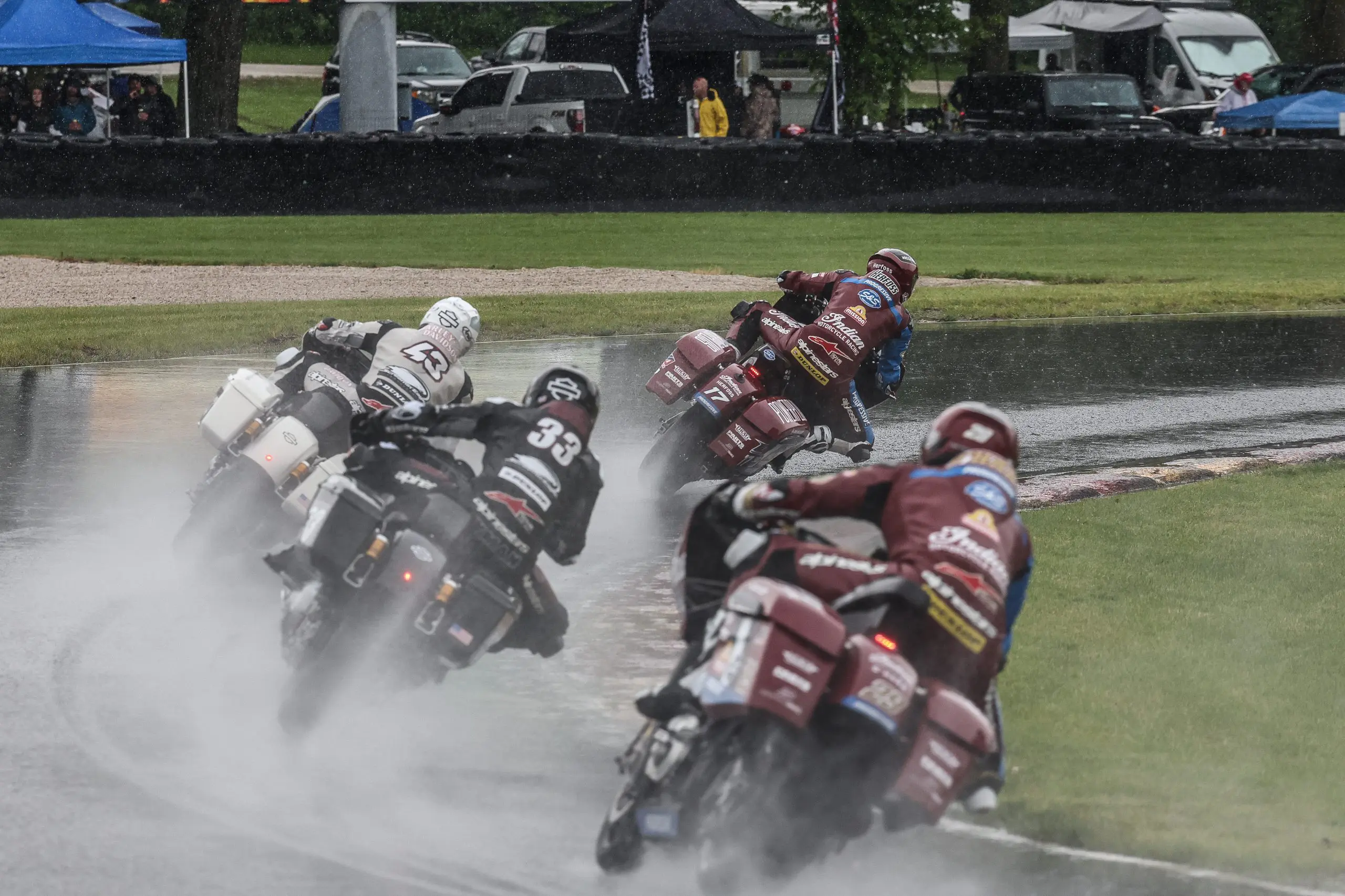
I Can See The Red Tailights, Ready For Rain
One of the basic rules of the MotoAmerica series is that we only go to racetracks that are safe to race on in the rain. And, to enable the riders to race in the rain, besides rain tires, every bike in every class is required to have a small taillight, which can be switched on during wet races. With all the spray that comes off the tires, plus the precipitation itself, vision can be impaired by the mist that results. The taillights enable the riders to better see the motorcycles in front of them.
Well, you know how things go: you don’t need something until you need it, and such is the case with the taillights. They’re always mounted on the bikes, but they’re not illuminated until needed. A couple of riders and teams were caught out by non-functioning taillights. PJ Jacobsen was stuck in the pits during the wet-track familiarization session added to the schedule to enable each of the race classes to do a few laps in the rain prior to the start of their races. Jacobsen’s Rahal Ducati Moto crew worked quickly to fix the non-functioning light, and he was able to start race one. That proved to be a very good thing because Jacobsen ended up winning the race in a battle to the checkered flag with Strack Racing Yamaha’s Mathew Scholtz.
Weather Or Not
Charles Dickens wrote in his book titled Great Expectations, “Spring is the time of year when it is summer in the sun and winter in the shade.”
Late May and early June in Wisconsin are renowned for their seasonable weather. Aside from snow, we experienced what seemed like four seasons in one weekend. Friday was cool, breezy, and sunny. Saturday started out the same way, but right as the first day of races were set to begin, the overcast skies delivered a steady rain that chilled the riders to their bones. The rain stopped right around the time that the racing concluded for the day, and Sunday was dry, overcast, and also a little bit sunny with higher humidity and temperatures than had been experienced during the two days prior.
The rain on Saturday and dry conditions on Sunday presented the teams with two completely different challenges. On Saturday, there weren’t many, if any, engine problems caused by failed internal engine parts that couldn’t withstand high horsepower and engine revolutions. Instead, since water and electricity don’t mix, a few teams, riders, and bikes experienced the dreaded electrical gremlins, which are hard enough to track down, let alone fix. On Sunday, track conditions enabled the riders to twist the throttles all the way on their bikes. And, of course, that led to a couple of incidents where motorcycles expired with plumes of blue smoke indicating the presence of technical issues inside the engines.
These are racebikes, after all. Production motorcycles that are ridden to extremes, and in the most extreme conditions. Their dependability and performance are actually quite remarkable, but sometimes, they protest the stress they are subjected to. And, as the old saying goes, “that’s racing.”
For the full 2024 MotoAmerica schedule and to purchase tickets for MotoAmerica events, click HERE
For information on how to watch the MotoAmerica series, click HERE


